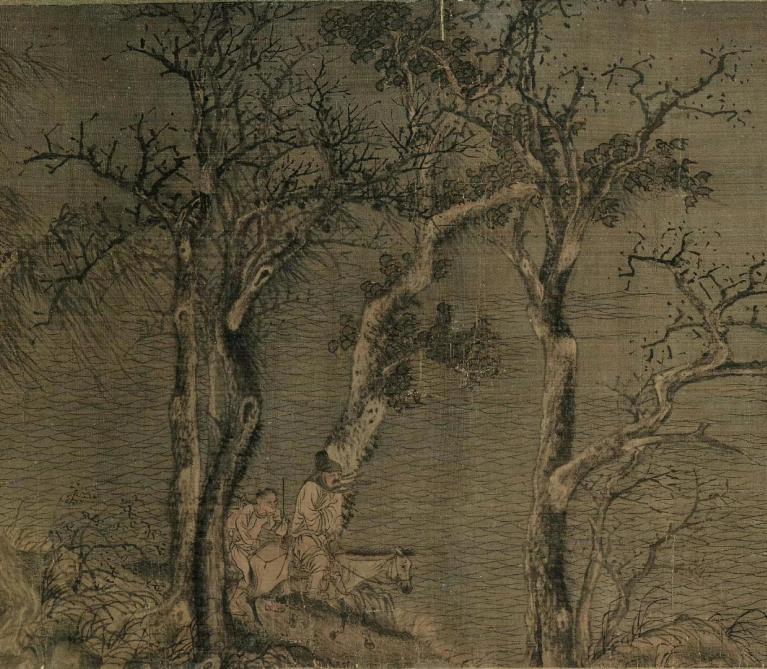Lectures
In a standard narrative of Chinese painting, the fifty-three years of the Five Dynasties and Ten Kingdoms (907-960 ce) are often considered a transitional phase between the Tang (618-907 ce) and Northern Song (960-1126 ce) dynasties. Based on new archaeological evidence and research approaches, this lecture series suggests that the 100-plus years from the late ninth to the early eleventh century, a “long tenth century,” witnessed some of the most important changes in Chinese painting. These include: a multifaceted development of painting mediums, subject matter, and style; transregional interactions; and court sponsorship—all of which should be studied in an extended chronological and geographical framework
This lecture redefines research evidence and approaches in studying Chinese painting during the long tenth century in order to renew the perspectives of interpretation while expanding the scope of observation both geographically and chronologically.
Combining newly available archaeological materials with transmitted scrolls, this lecture explores some broad trends in figure painting across different regions, for example, a naturalistic tendency in portraiture, integration of different genres of figure painting, and close collaborations between court painters.
Several crucial archaeological excavations allow us to reach a fuller and more accurate assessment of the development of landscape painting during this period. With their precise provenance and dating, these finds help establish a new foundation for exploring issues of painting media, stylistic inventions, architectural context, and symbolism of landscape images, which were previously beyond the reach of traditional scholarship based on transmitted examples.
